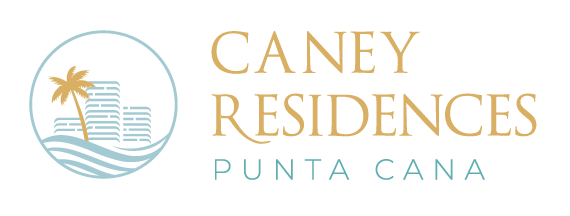The Complete Guide to Banking and Finance in the Dominican Republic

Jul 23
The Complete Guide to Banking and Finance in the Dominican Republic
Banking and finance in the Dominican Republic may seem daunting to some, but it is a safe and reliable way to manage your money. Whether you are a resident or a foreigner, there are several options available to help you manage your finances. In this article, we will explore the various banking options, how to open an account, online banking, withdrawing money, credit cards, and transferring funds to and from your local bank.
Opening a Bank Account
Opening a bank account in the Dominican Republic can be an easy process if you have the necessary documents. Each bank and branch may have different requirements, so it is best to check with your preferred bank before opening an account. Most banks require a current and valid passport as identification, but others may require a banking letter of reference from your home country as well as past account information. Some banks may only allow foreigners with legal resident status to open new accounts, but it is always worth browsing around.
Online Banking
Several Dominican banks now offer online banking services for checking balances, paying bills, and transferring funds. Although some of the smaller savings and loan institutions may not have an online system in place, all of the larger banks do. Each bank has varying levels of security, so it is best to choose a bank with strong security measures. Online banking provides a convenient way to manage your finances from anywhere in the world.
Withdrawing Money
ATMs are located throughout the Dominican Republic, both within and outside of banks, at gas stations, supermarkets, and shopping malls. The maximum withdrawal limit is usually DOP$10,000-20,000 per transaction, which is about USD$208-$416, and between DOP$20,00-$30,000 per day. It is generally advisable to withdraw money from the terminal at the bank and only use other ATMs in an emergency. ATMs often accept all sorts of cards, including international credit and debit cards, but these commonly entail withdrawal fees. Money is always issued in Dominican pesos.
Credit Cards
Visa and MasterCard are commonly accepted in the Dominican Republic, but American Express is not always acknowledged. When using an international credit card, it is advisable to check your account frequently, as overseas credit card fraud is more common than fraud from domestic institutions. It is recommended that you obtain a local credit card if possible.
Transferring Funds
Transferring money to and from your local bank in the Dominican Republic is possible, but there are limits. The customary maximum is US$10,000, and if you want to transfer more, the bank will require verification of the source of the money and what it is to be used for. The transfer usually takes five business days to complete, but larger amounts may take longer. Some banks allow internet transfers, while others require you to visit the bank.
Types of Accounts
You can open a bank account in either US dollars or Dominican pesos, with a minimum balance of approximately US$500 required for dollar accounts to avoid monthly fees. You can choose between a checking account with a payment book and a savings account with a debit card. Savings accounts typically pay approximately 4% in interest, while certificates of deposit pay between 6% and 7%. However, bank loans and mortgages are prohibitively expensive, with interest rates ranging from 14% to 18% and harsh penalties for late payments.
Banks in the Dominican Republic
There are several banks in the Dominican Republic, including retail and commercial banks, and only one international bank, Scotiabank, operates in the country. Banco Popular is the top-rated and most popular bank, with outstanding internet banking services and a significant number of branches. It's also the most innovative, having recently partnered with Paypal to offer its services through its network. Banco BHDLeon is another option. Bancoreservas is a government bank, and it's best to avoid this bank during paydays, which are held twice a month, on the 15th and at the end of the month, because the lines can be long.




